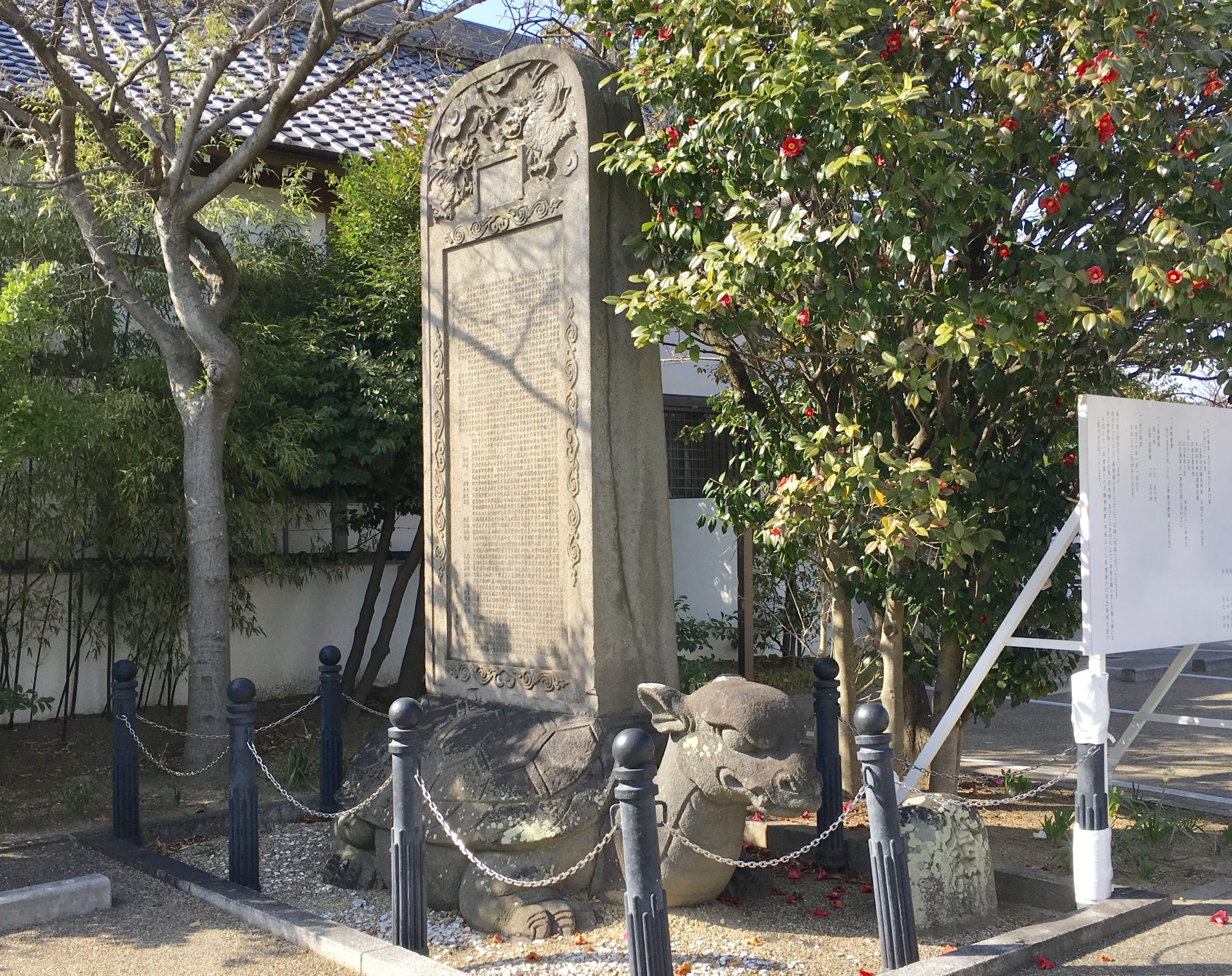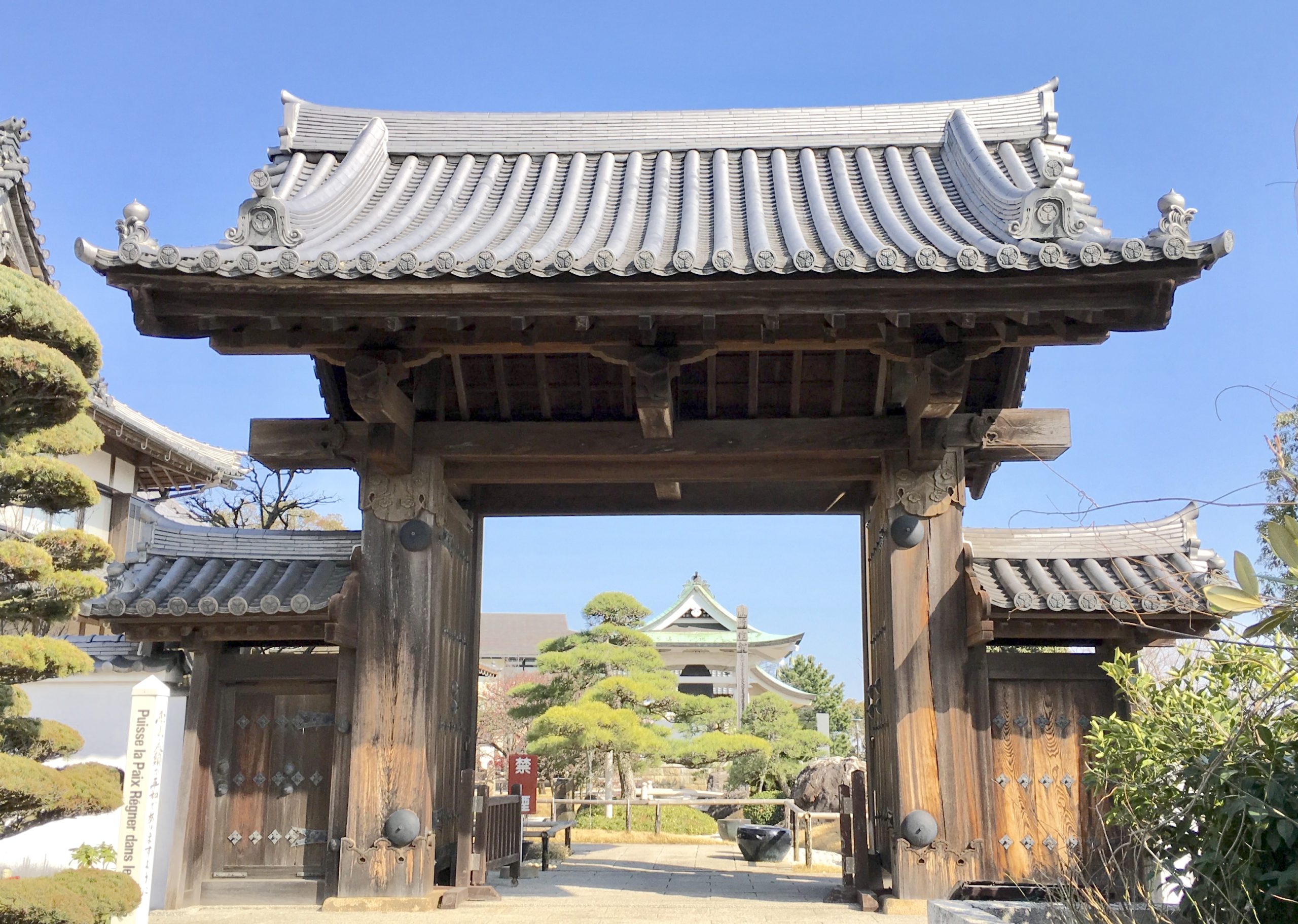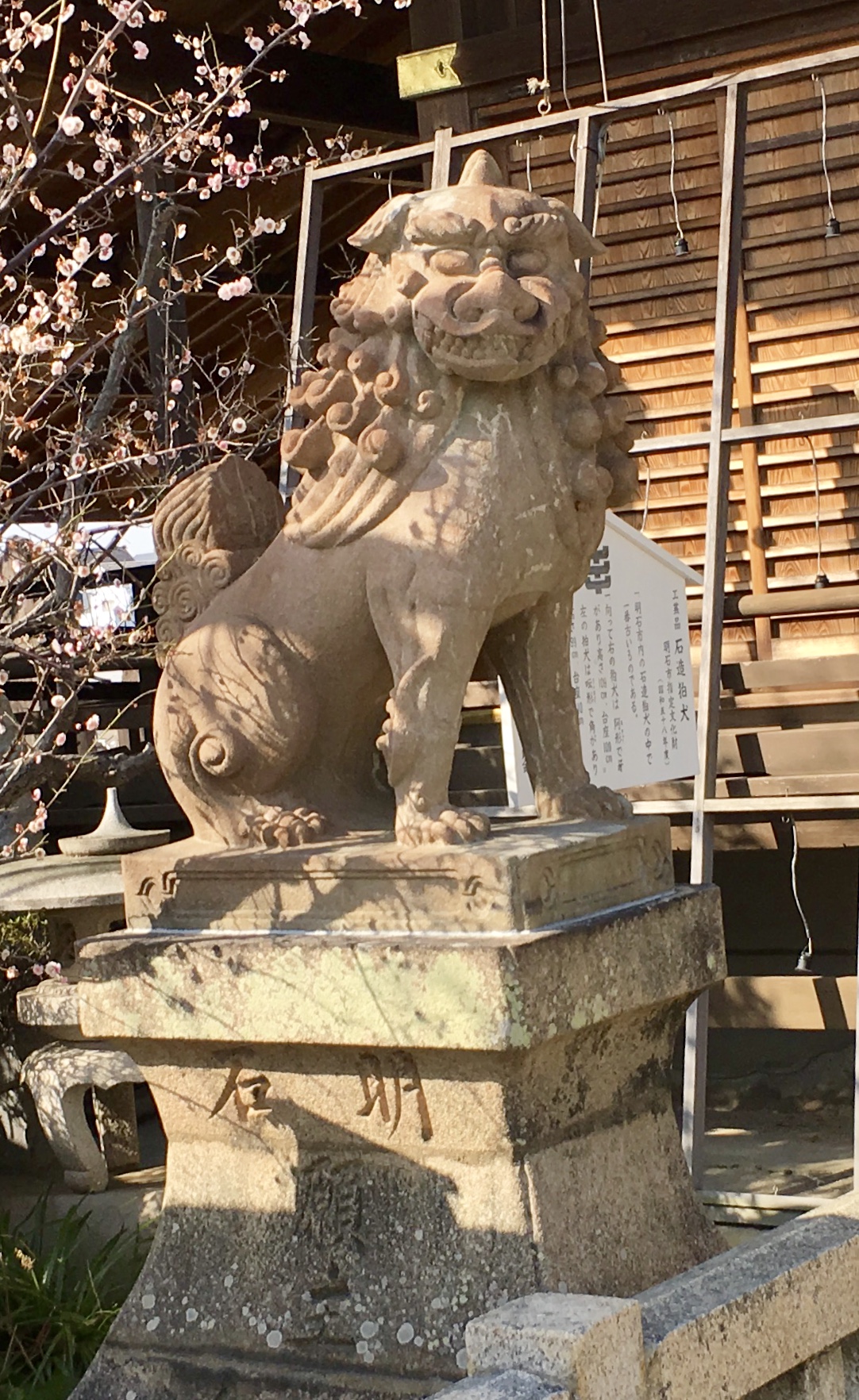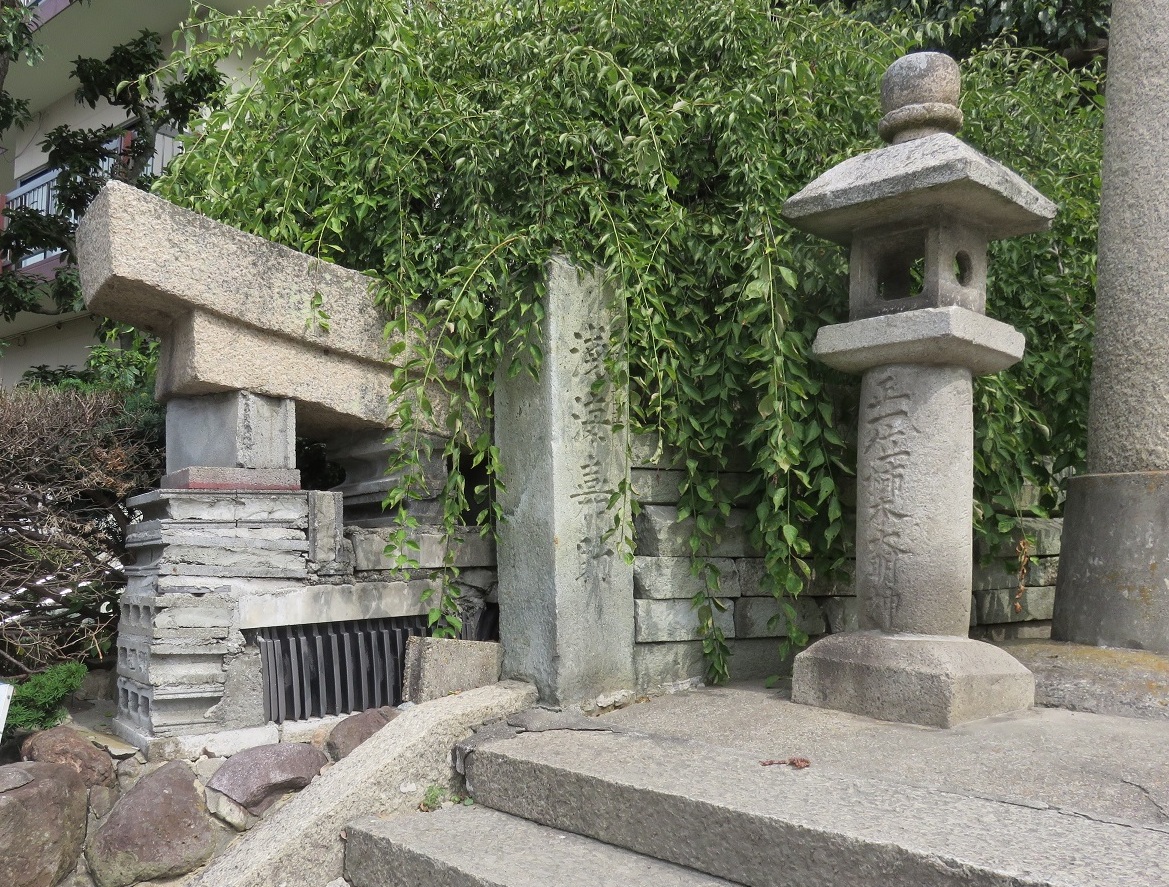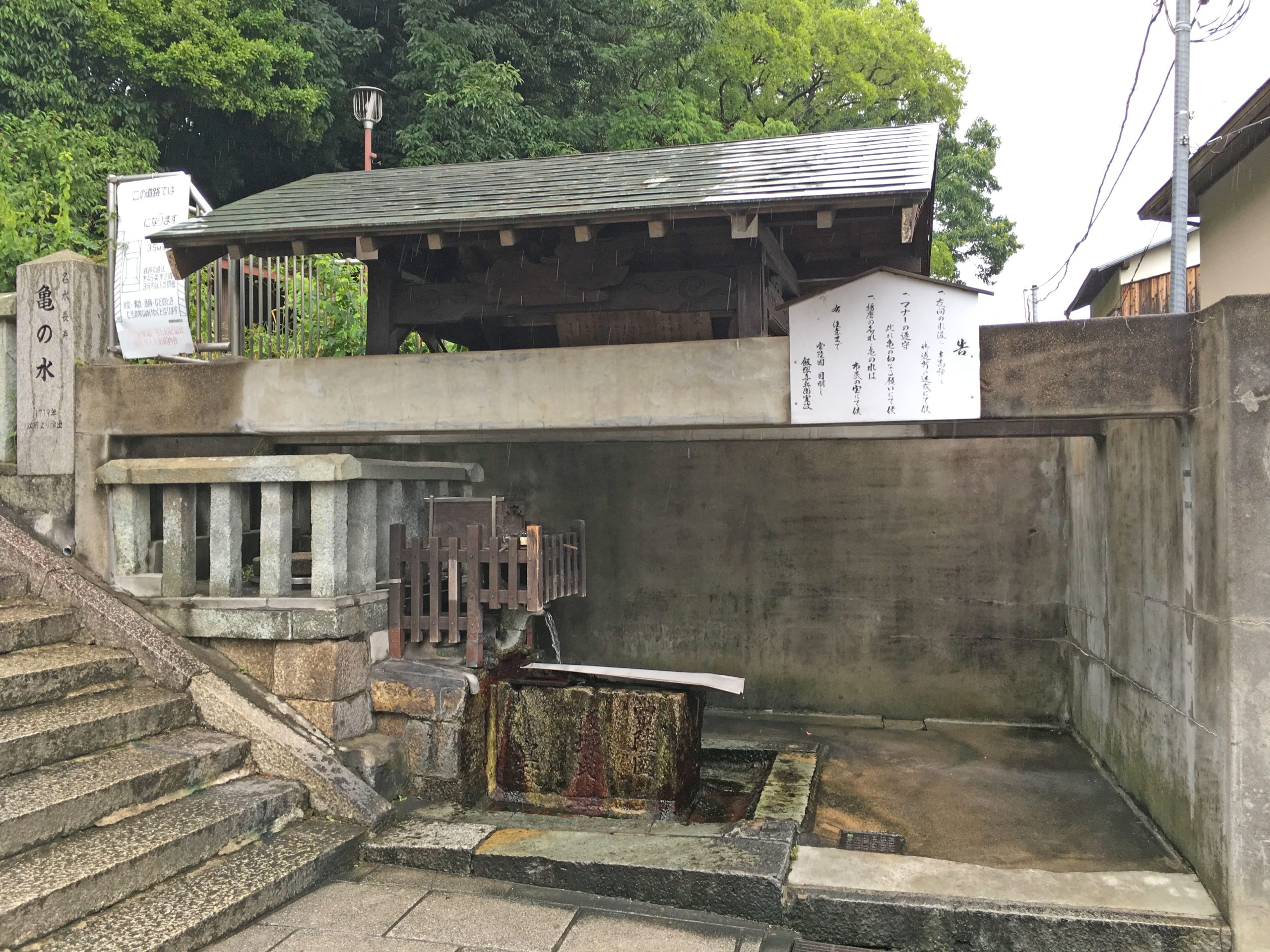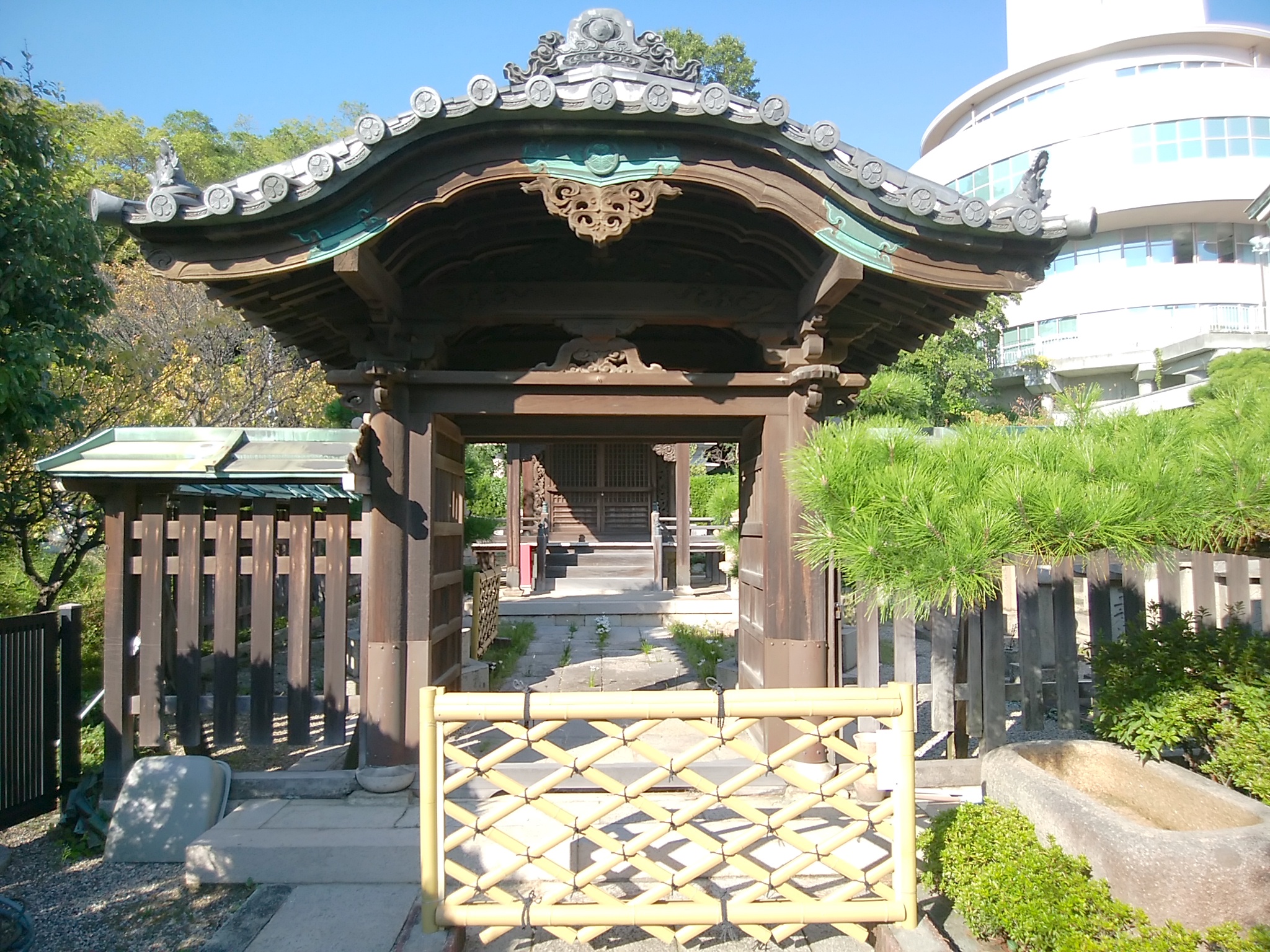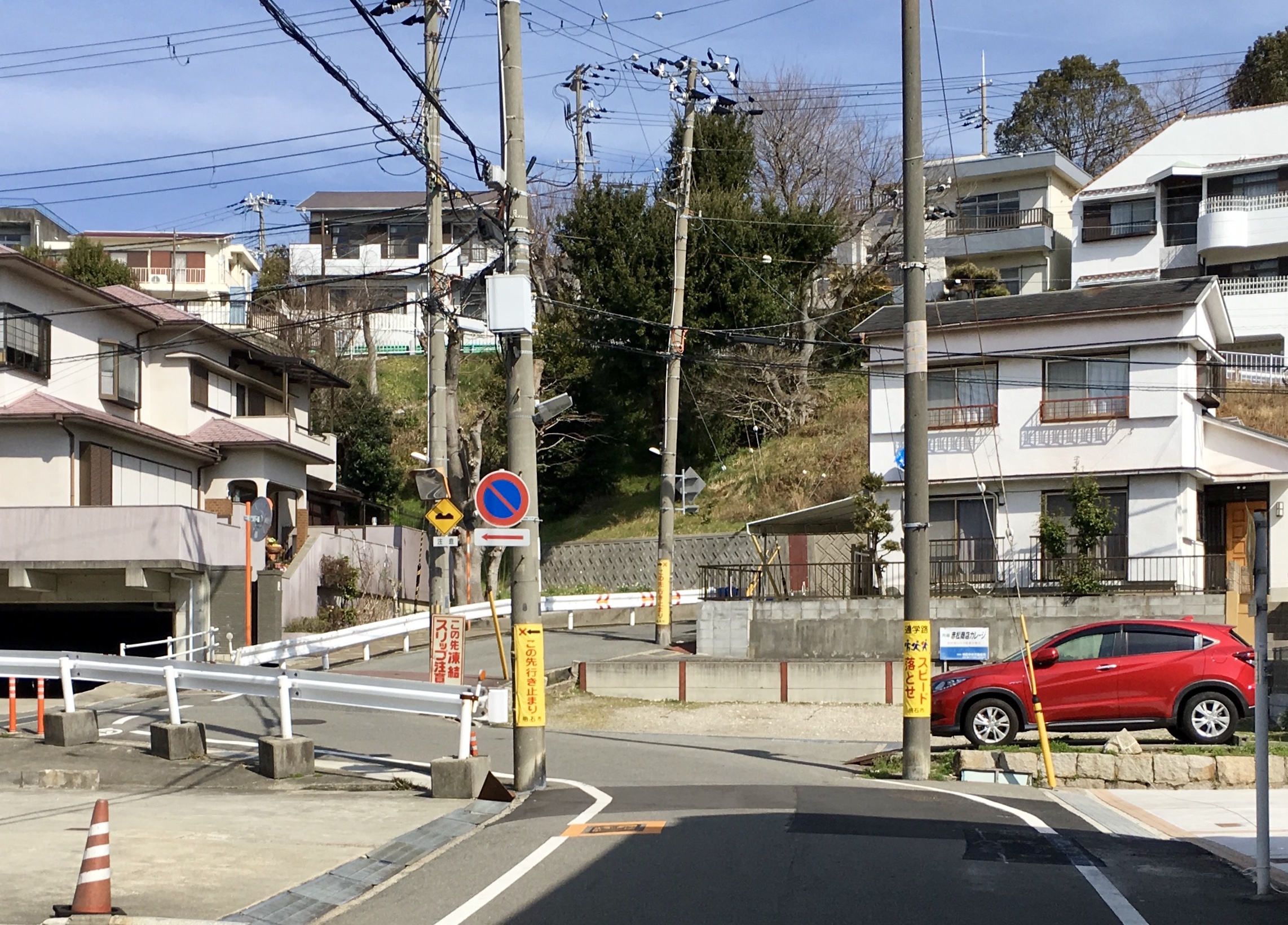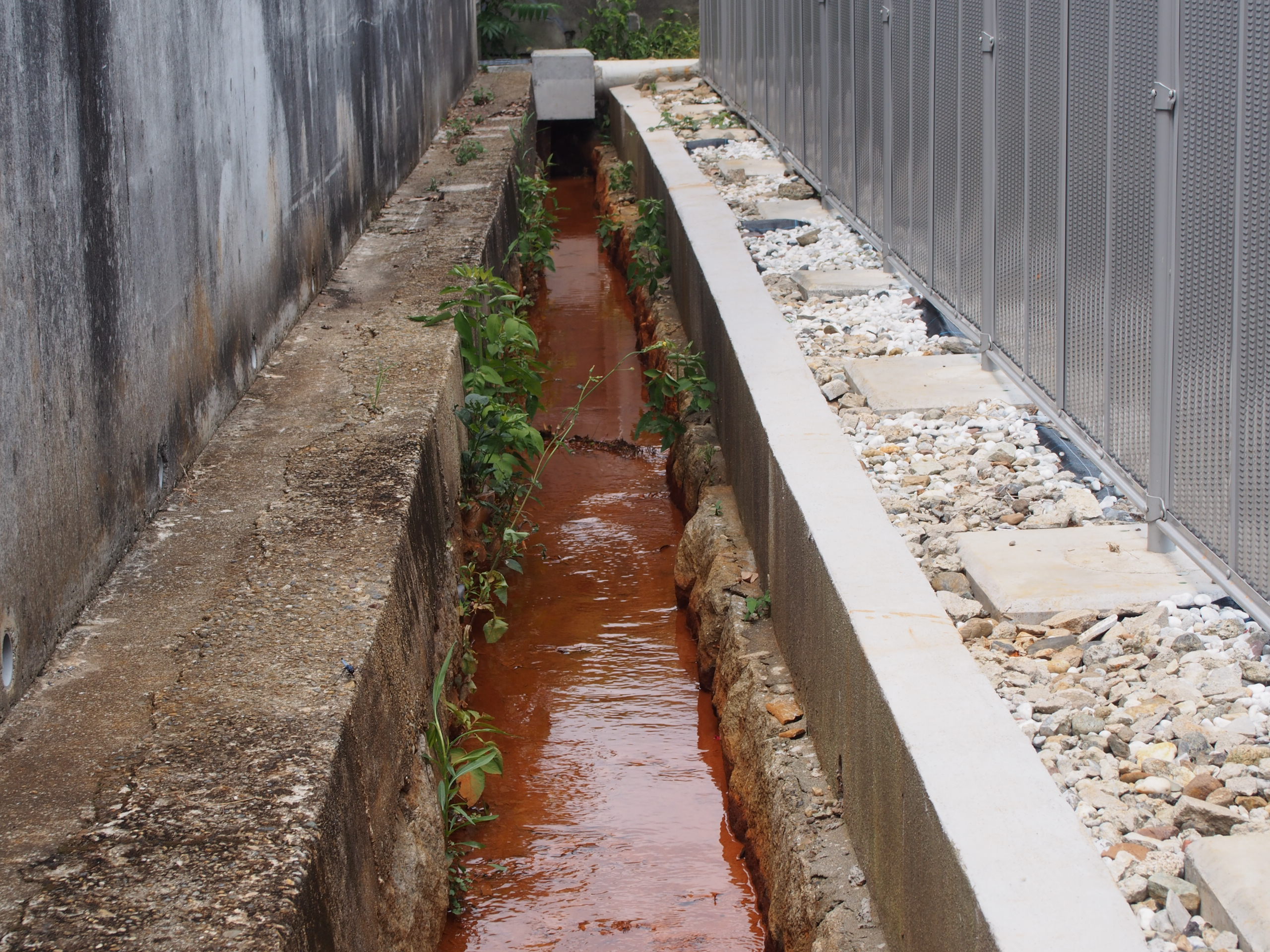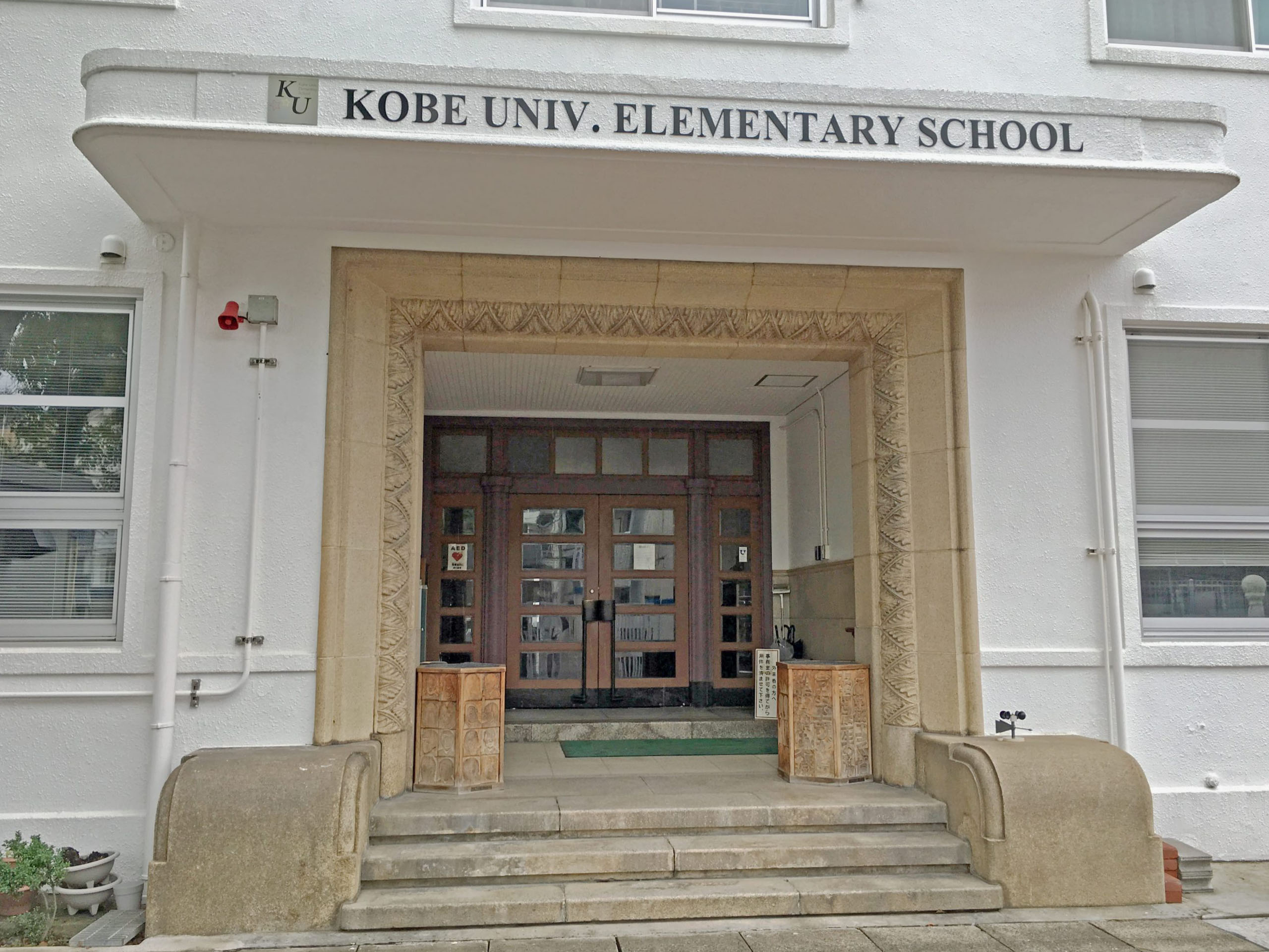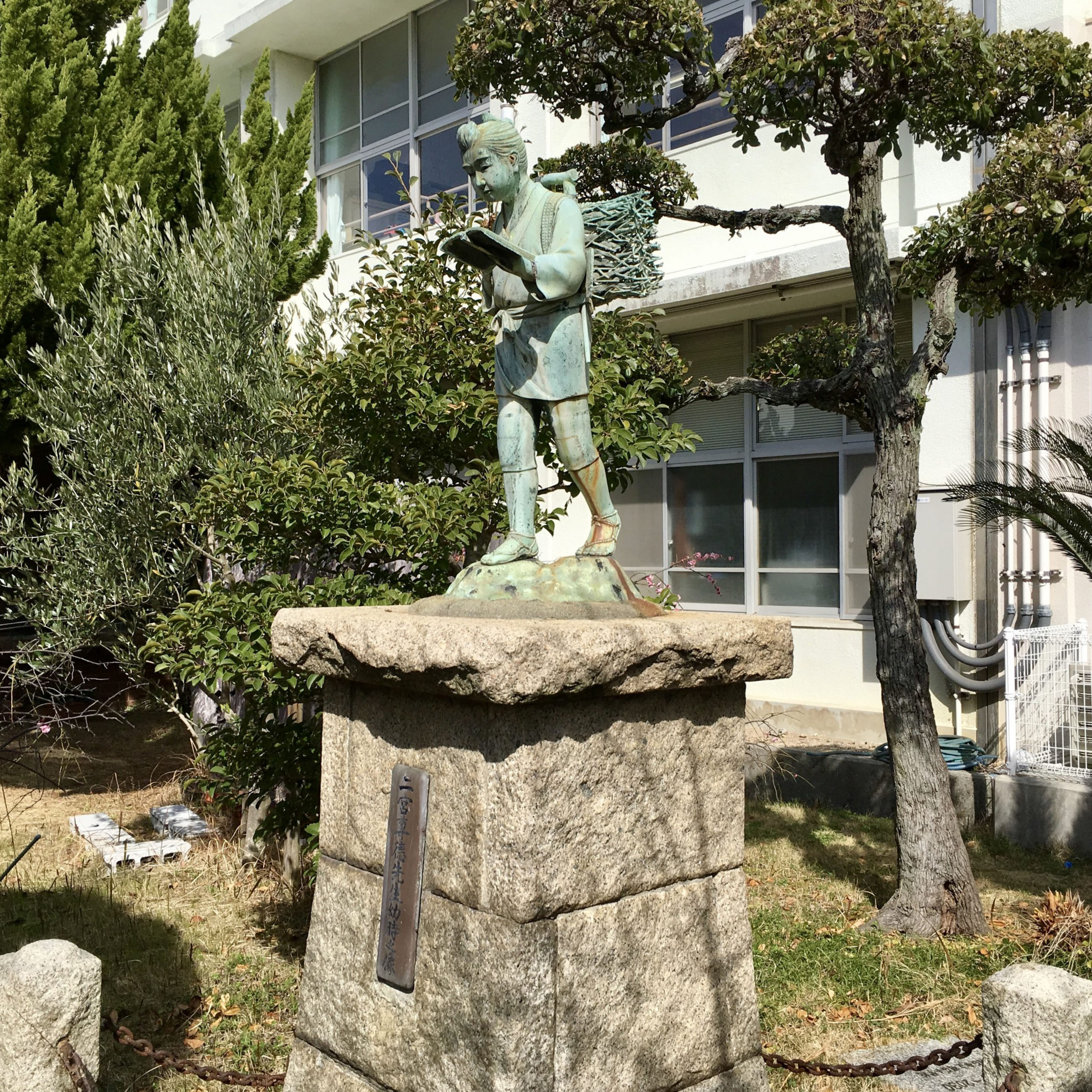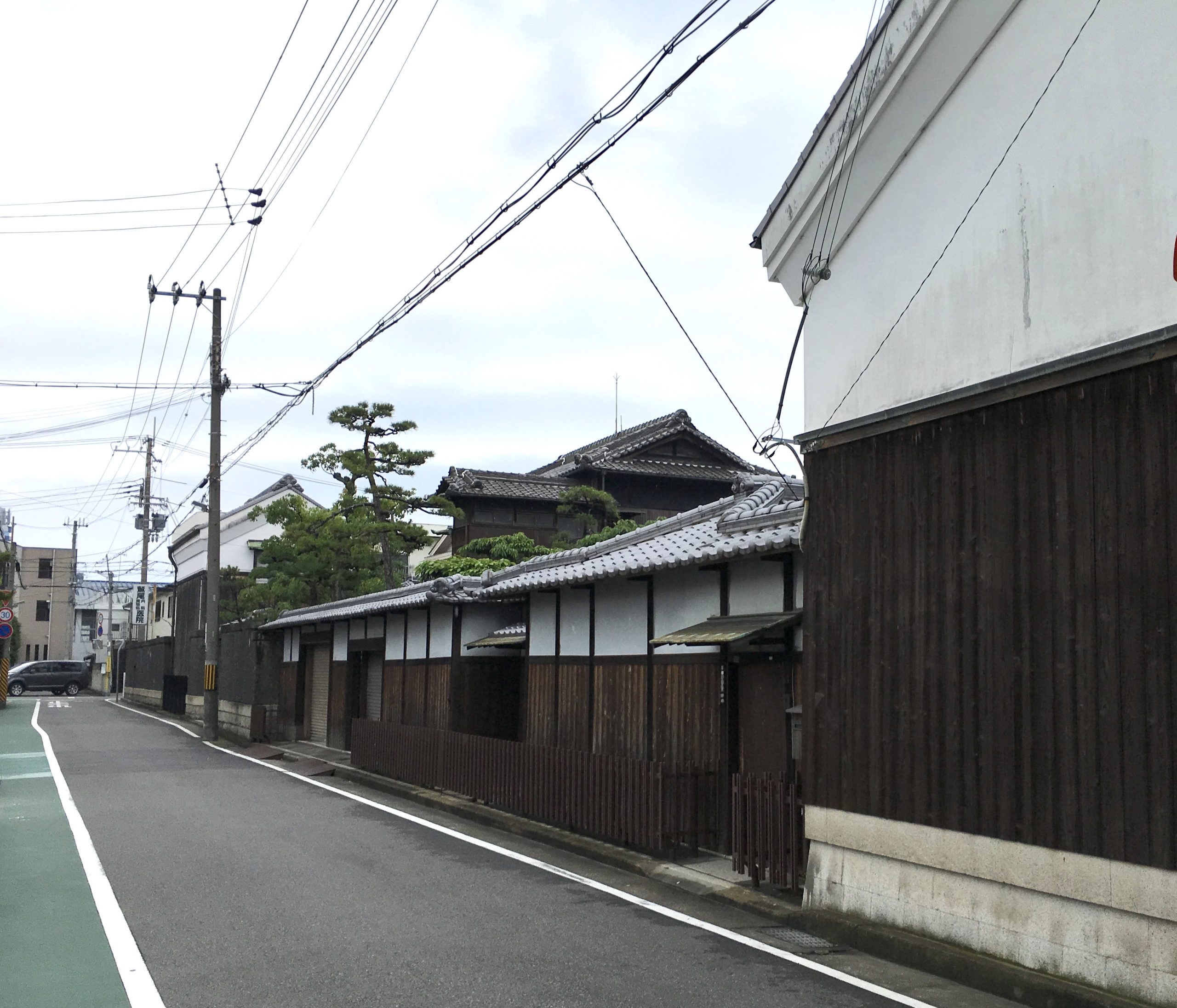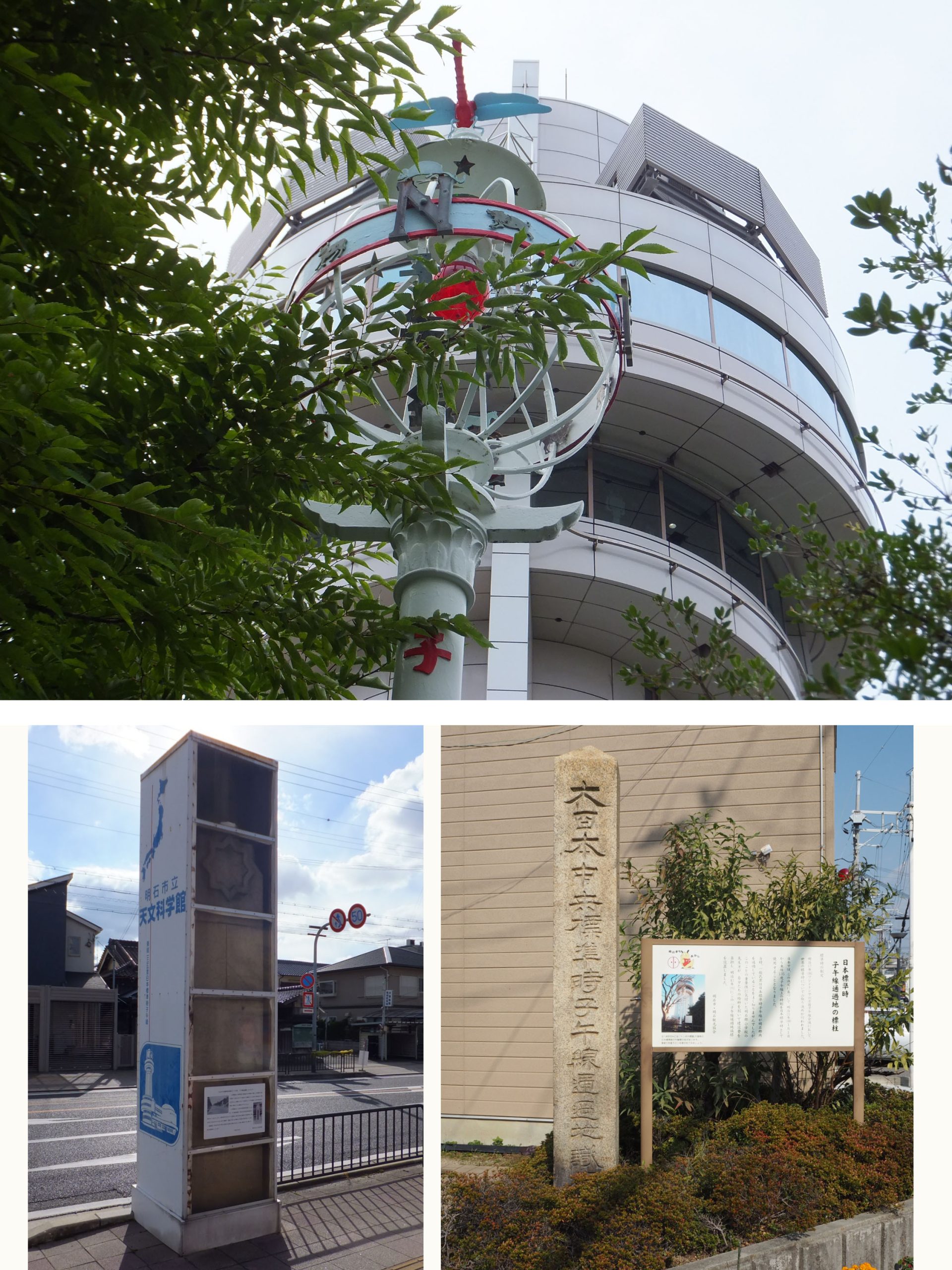
Hitomaru
13.The Meridian Signpost
Japan standard time meridian was provided in 1886. In 1910, teachers of elementary schools of old Akashi County donated money and erected the first meridian sign in Japan. (photo 1) The Dragonfly Signpost (photo 2) was erected on Mt.Hitomaru in 1930. The meridian signpost (photo 3 ) was built by Route 2 in 1933. These sign posts were moved whenever the meridian was actually remeasured. These became Akashi City Designated Cultural Property like the meridian circle owned by the Akashi Municipal Planetarium. The Akashi Municipal Planetarium built in 1960 is located on the meridian 135°east longitude, and was designated as National Registered Tangible Cultural Property.
